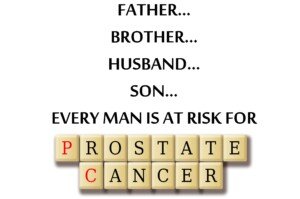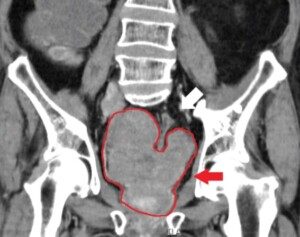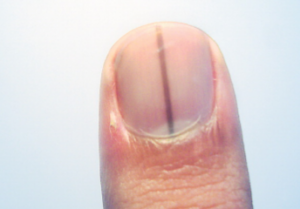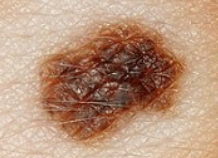
A groundbreaking study shows that Autistics actually have the same facial expressions as neurotypicals but are so faint that they get missed by NTs.
A new study led by researchers at Rutgers University–New Brunswick shows that extremely subtle facial movements in autistic people are too slight to be picked up by the naked eye.
But despite that, these facial movements are the same as those found in non-autistic people.
Published in Frontiers in Psychiatry, the research shows that those with autism do indeed display emotional expressions.
However, the level of these expressions often falls outside the range that people are used to seeing.
The vast majority of people are not autistic. They are neurotypical.
According to the World Health Organization, Autistics make up only 1% of the global population.
As a result of these very subtle facial expressions in Autistics going undetected, their emotions can go unrecognized.
This then can lead to miscommunication and misunderstanding in social situations among neurotypicals.
An autistic person, such as myself, might argue that the “problem” isn’t the extremely subtle facial movements in those on the Spectrum.
Rather, the problem is the difficulty that neurotypicals have detecting these expressions!
Neurotypicals missing social cues of autistic people?
“People on the autism spectrum use the same basic facial muscle movements to show how they feel; the strength of those movements may not match what others expect,” says Rutgers psychology professor Elizabeth Torres in the paper.
She continues that “their expressions can go unnoticed, and others may misread or miss their emotional signals.”
Torres, who has spent 17+ years working with autistic individuals, explains that people who don’t speak or who have limited control over their movements may show more varied and less predictable expressions.
This makes it even harder for others to interpret their feelings.
This invariably leads to many Autistics being wrongly assumed as being uncommunicative, aloof or lacking emotions.
It can lead to neurotypicals assuming they don’t have a sense of humor, even though the Autist got the joke and thought it was funny.
Torres says that, despite the facial expression issue, Autistics are trying to connect.
“Their emotions and signals are present,” she continues. “We just haven’t been able to detect them clearly.”
How was this most fascinating study done?
The study was conducted by Torres and her team at the Rutgers Sensory Motor Integration Lab.
They used a new data method developed by Torres called micromovement spikes, which tracks very small facial movements that typically go unnoticed.
By combining this with statistical tools and techniques from nonlinear dynamics, developed in part by postdoctoral associate Theodoros Bermperidis, the researchers were able to capture tiny facial changes from short video clips lasting just five to six seconds.
These videos were recorded on smartphones or tablets in various everyday settings such as schools, therapy centers, social gatherings and participants’ homes.
An app guided participants through four stages: preparing for recording, holding a neutral expression, smiling and making a surprised face.
The study looked at 126 participants, including 55 nonspeaking individuals who communicated through typing.
The researchers found that emotional muscle activity was present in both autistic and non-autistic people, regardless of whether they could speak.
The major difference was not whether expressions occurred, but how strong or detectable they were.
Torres said this explains why many people struggle to interpret the feelings of someone on the Autism Spectrum.
It’s not that Autists don’t express emotions, but rather, their facial movements don’t always fit the template that NTs are used to spotting.
She adds that this disconnect can lead to greater social distance and isolation.
You might be wondering why the autistic people you’ve interacted with always show a lot of facial expression.
Yes, there are Autistics who have lively reactive faces when interacting.
• They could be masking, meaning, faking the facial movements to fit in.
• This scripting might even be so habitual that it comes on automatically whenever they interact. This is called subconscious masking.
• Lively facial expressions in some autistic people may also be authentic.
That’s because not all Autists have every single trait that’s associated with ASD.
For instance, I myself have no problem with bright fluorescent lighting in stores, while this affects many others on the Spectrum. I’m deeply affected by other peoples’ breath, while many Autists don’t have a problem with this.
We are not clones. We are not carbon copies of each other.
Flat facial presentation is not a diagnostic criterion for autism.
The Rutgers team hopes this research will lead to improved tools for diagnosis, better communication strategies and increased understanding between autistic and non-autistic people.
 Lorra Garrick is a former personal trainer certified by the American Council on Exercise. At Bally Total Fitness, where she was also a group fitness instructor, she trained clients of all ages for fat loss and maintaining it, muscle and strength building, fitness, and improved cardiovascular and overall health. She has a clinical diagnosis of ASD.
Lorra Garrick is a former personal trainer certified by the American Council on Exercise. At Bally Total Fitness, where she was also a group fitness instructor, she trained clients of all ages for fat loss and maintaining it, muscle and strength building, fitness, and improved cardiovascular and overall health. She has a clinical diagnosis of ASD.
.


























